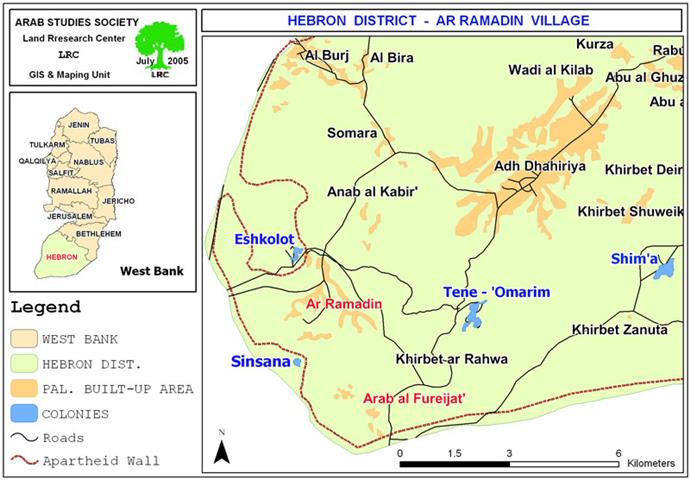Israel's 'Unilateral Disengagement Plan'
International optimism has reached a peak in year 2004 with news of Israel's plan to unilaterally 'disengage' from the Gaza Strip. Israeli Prime Minister Ariel Sharon first began talking about 'unilateral disengagement” in early 2004 and, on February 2, he told the Israeli daily Ha’aretz that '. . . as part of the disengagement plan I ordered an evacuation- sorry, a relocation- of 17 settlements with their 7,500 residents from the Gaza Strip to Israeli territory.'
A withdrawal of Israeli occupying forces and Israeli settlers would be welcome anywhere in Palestine.
However, it is important to contextualize the Israeli plan. There are 21 Israeli settlements in the Gaza Strip with a population of approximately 9,000 Israeli settlers. According to the original version of the Disengagement Plan, there are four groups of settlements which would be 'relocated' in different stages. The Group A settlements of Netzarim, Kfar Darom and Morag are all in the middle of the Gaza Strip. The original plan called for their 'relocation' in the first stage. Group B (including four small settlements in the northern West Bank) and Group C (comprising the Gush Qatif settlement block in Gaza) would be 'relocated' second, and the status of the Group D settlements (comprising the northern Gaza settlements of Erez, Nissanit, Eli Sinai and Dugit, which are adjacent to the Israeli border) would be determined at a later time. Sharon's mention of 'relocating' only 17 of the 21 existing settlements reveals his intention to maintain the four settlements of Group D.
Prepared by:
The Applied Research Institute – Jerusalem












